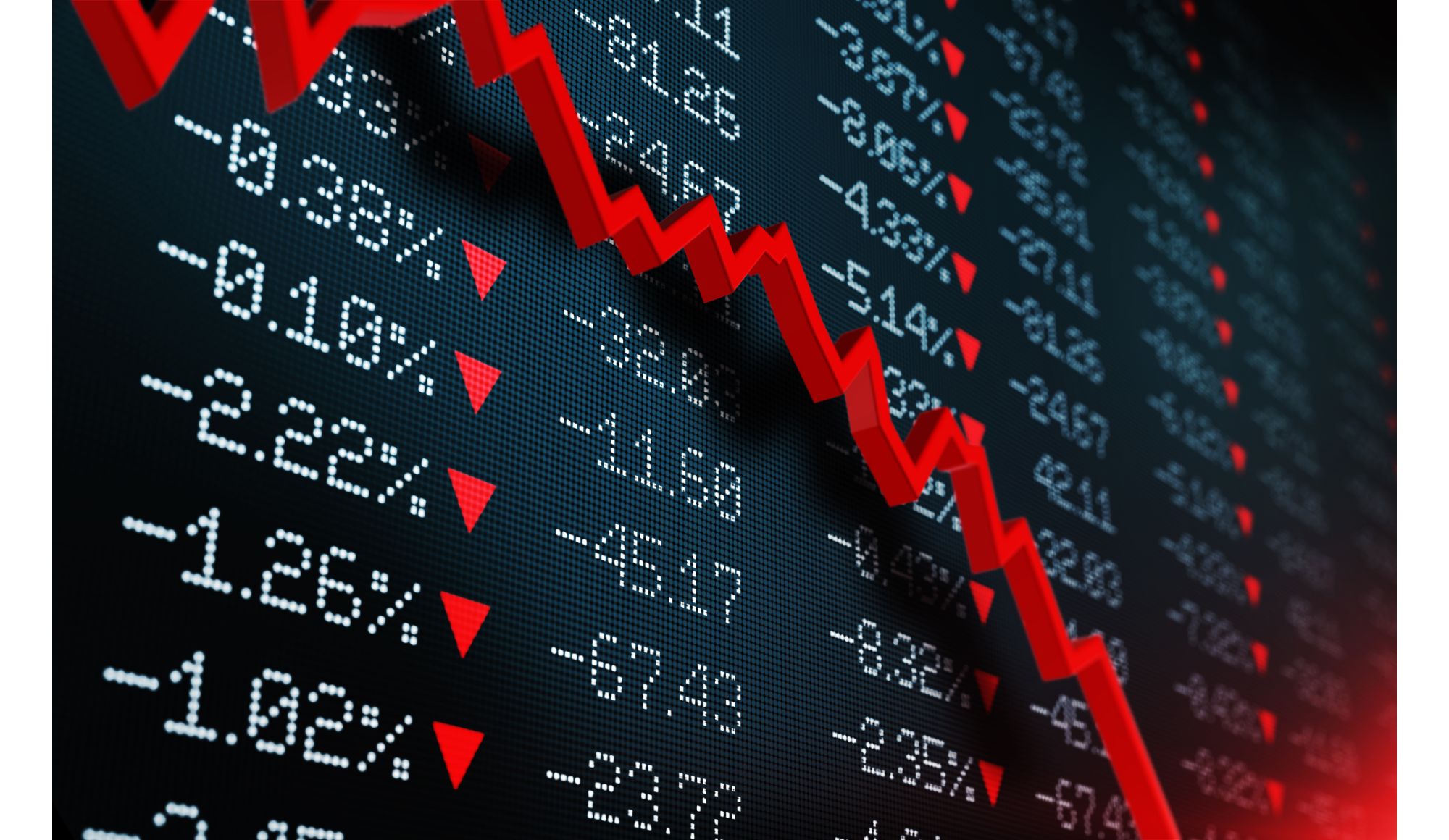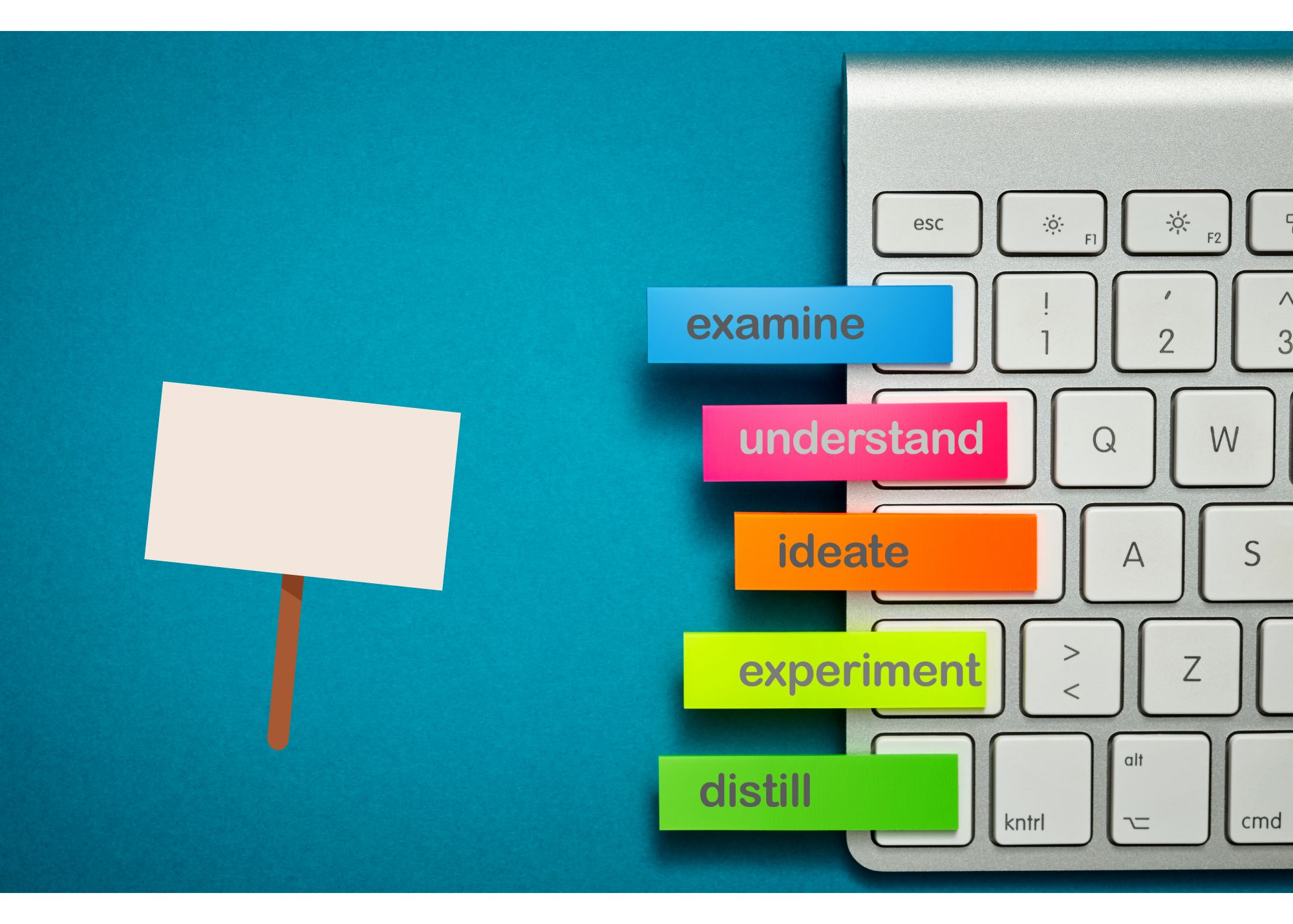150 Year Old Indicator Picks Bear Market Bottom
It’s hard to figure out one golden indicator that could accurately point to when the bear market will bottom. Should you look at Buffett’s favorite indicator tracking Total Market Cap/GDP? Or maybe it’s best to look at the S&P vs the Fed Balance Sheet? What about book values or price-to-earnings ratios for the indices? As you can see, it’s easy to go down the rabbit hole in a hurry and get lost.
One indicator, however, has a track record that can be examined all the way back to the late 1800s. It’s the Shiller P/E ratio, a measure of cyclically adjusted earnings for the S&P 500. What makes it different from standard forward-looking P/E ratios is that it uses inflation-adjusted earnings in its calculation. In the current world of soaring inflation, this measure is especially valuable to examine, but is it accurate?
How Accurate Is The Indicator?
The Shiller P/E ratio, also known as the CAPE ratio, is good at telling investors when valuations have become lofty.
In 2000, the Shiller P/E ratio reached an all time high of 44. It took another 22 years (January 2022) before the indicator would eclipse 40 once again. That was a huge warning sign that markets were overvalued but it’s not always easy to know precisely when Shiller will peak.
In 1929, 2018 and early 2020, the indicator rose north of 30, and look what happened next? In 1929 the market fell by almost 90%. In 2018, it dropped by close to 20% and in 2020 the COVID crash wiped 34% off of its value in around.
What makes picking the top hard is sometimes the Shiller P/E ratio has hit 30 and markets have fallen precipitously and other times they continued rallying up to 40.
Although it’s difficult to know precisely when the top has occurred, we can glean a lot of useful information from the indicator. The first piece of useful information is that when the indicator tops 30, risk and the odds of a market crash is high – it only eclipsed 30 on five occasions and, on each one, the market plunged into bear market territory.
The second valuable insight comes from identifying how low the S&P 500 goes when the Shiller P/E ratio bottoms out after a fall.
When Will The Market Bottom?
Looking back over prior bear markets, Shiller P/E ratio range has shifted higher. Whereas it used to peak around the mid-20s up until the late 1980s, the floor since then has been around that level. At the 2002 bear market low following the technology bubble, Shiller bottomed out in the low 20s.
How low could the S&P 500 go if the ratio were to drop from its current level in the high 20s to the lows 20s again?
At that point we would see the S&P 500 sit at around 2,900, suggesting another 21% correction could be on the horizon from current levels. With that said, the seasonally strongest months of the year are November and December, so if structural forces keep the markets elevated over the next few months, don’t assume the coast is clear. A rocky period for the markets could resume in Q1 2023.



